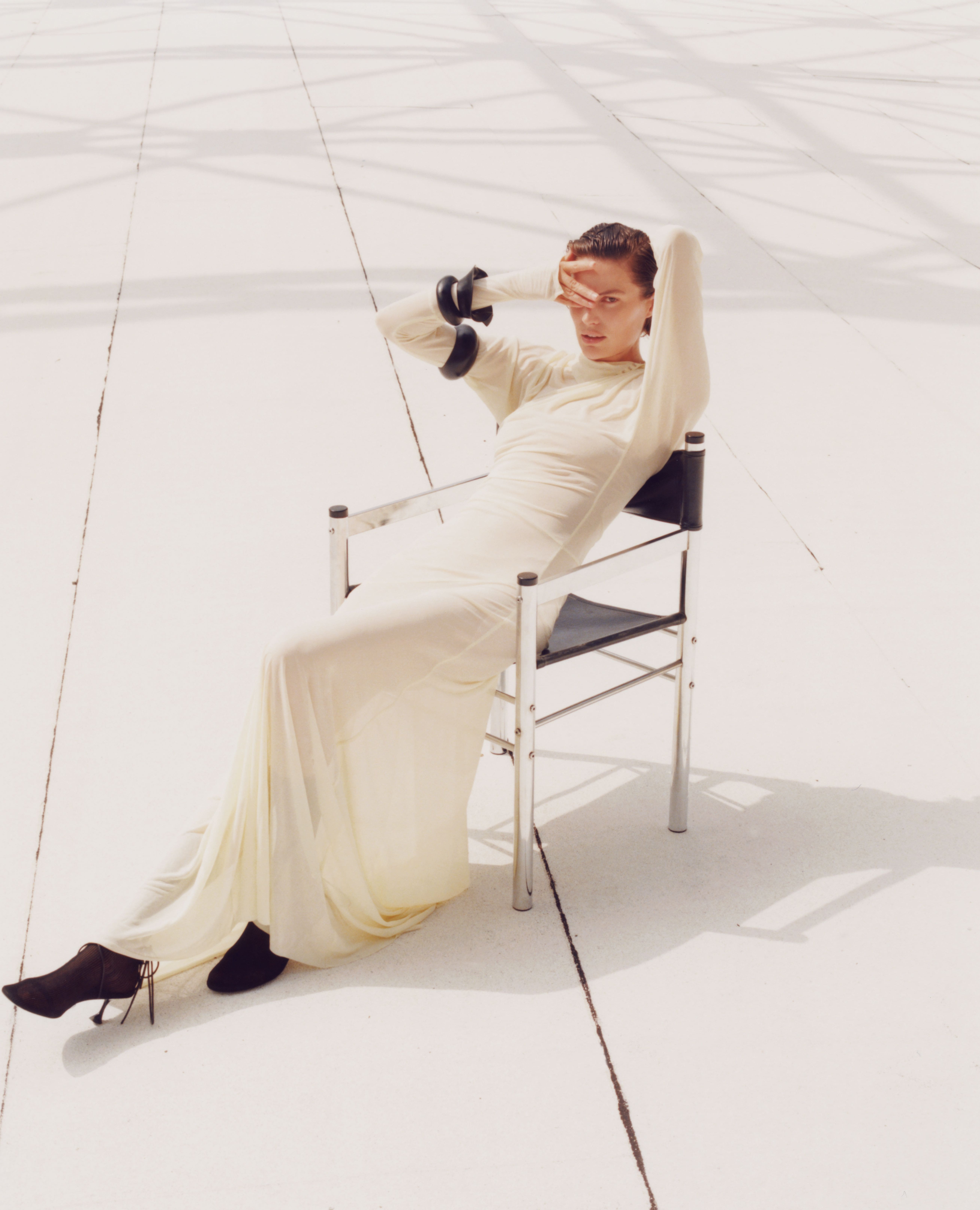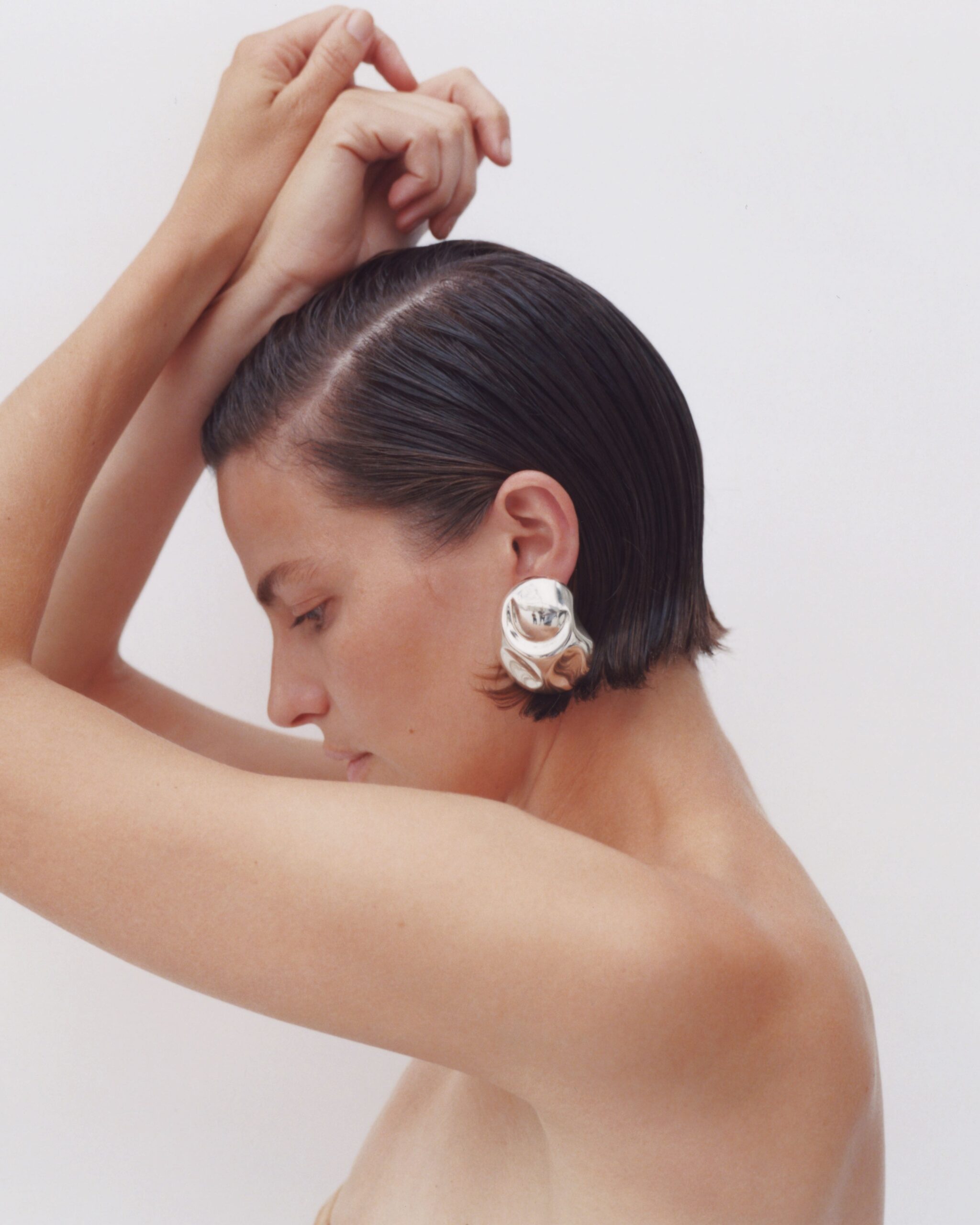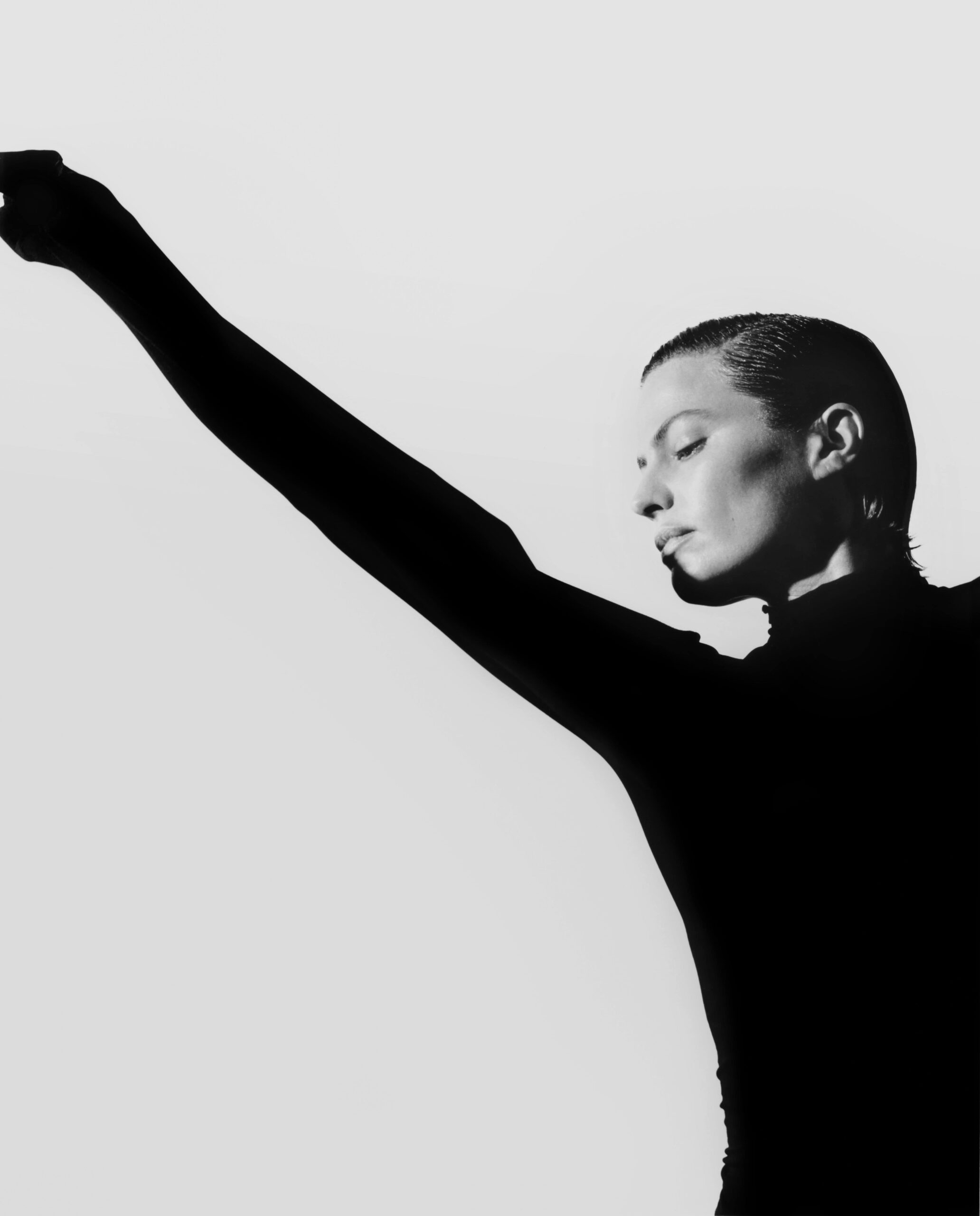On a Zoom call from her home, Cameron Russell is enthusing over Virginia Oldoini, an Italian aristocrat in nineteenth-century Parisian high society, who was renowned—or rather, notorious—for having her photograph taken hundreds of times over the course of her life. Russell, who has worked as a model for the past two decades, describes her fascination with someone who paid to have her photograph taken so many times during her lifetime.
Oldoini’s is a rich story in the early history of photography, but it’s also one that has largely been defined by accusations that her motivations were driven purely by vanity. Despite the differences in the details of their stories, Russell—who has walked for the likes of Chanel and Prada, and fronted campaigns for Tiffany & Co. and Miu Miu—recognises clear similarities in the way that Oldoini was rebuffed for having the tenacity (or audacity) to consider her worth in a patriarchal society that, she says, “objectifies women’s bodies, all bodies.”
We’re talking about Oldoini because she is someone who figures in Russell’s first book, an account of her journey through the fashion industry over the past twenty years. Published earlier this year, How to Make Herself Agreeable to Everyone draws on a range of personal experiences as well as stories of others who have navigated similar scenarios before her, in an attempt to unpack the complexities of an industry that operates on the exploitation (of bodies, of beauty, of capital, and so on).
But while How to Make Herself Agreeable to Everyone is undoubtedly a personal memoir of Russell’s first-hand experiences of working in the fashion industry as a model, it is far from a tell-all on the industry’s ills and laden with salacious details of predatory behaviour (though a keen-eyed reader may search the book for clues). Rather, Russell uses the book to pinpoint the moment at which, within years of entering the industry, she began to work towards organising collective activism alongside, and in tandem with, modelling. The book’s title refers to coming to terms with the notion that attempting to please others in the industry would bring “success” (and as Russell shows, for her, it did).
It’s not a story of one model’s journey towards fame and fortune: How to Make Herself Agreeable to Everyone is Russell’s attempt to deconstruct and critique the very notion of individual success. To do so, Russell describes the book as being co-authorial in its approach—a springboard for thinking critically and collectively about the fashion industry specifically, and its role in shaping our future world. This was certainly on the agenda in London this May for the launch event of How to Make Herself Agreeable to Everyone, which was organised around a series of craft workshops and discussions with other creators and makers, including a panel with Benjamin A. Huseby, Isaac Kariuki and Laura Moseley who also feature in this issue of Present Space (alongside Ngozi Okaro and Cynthia Alberto).
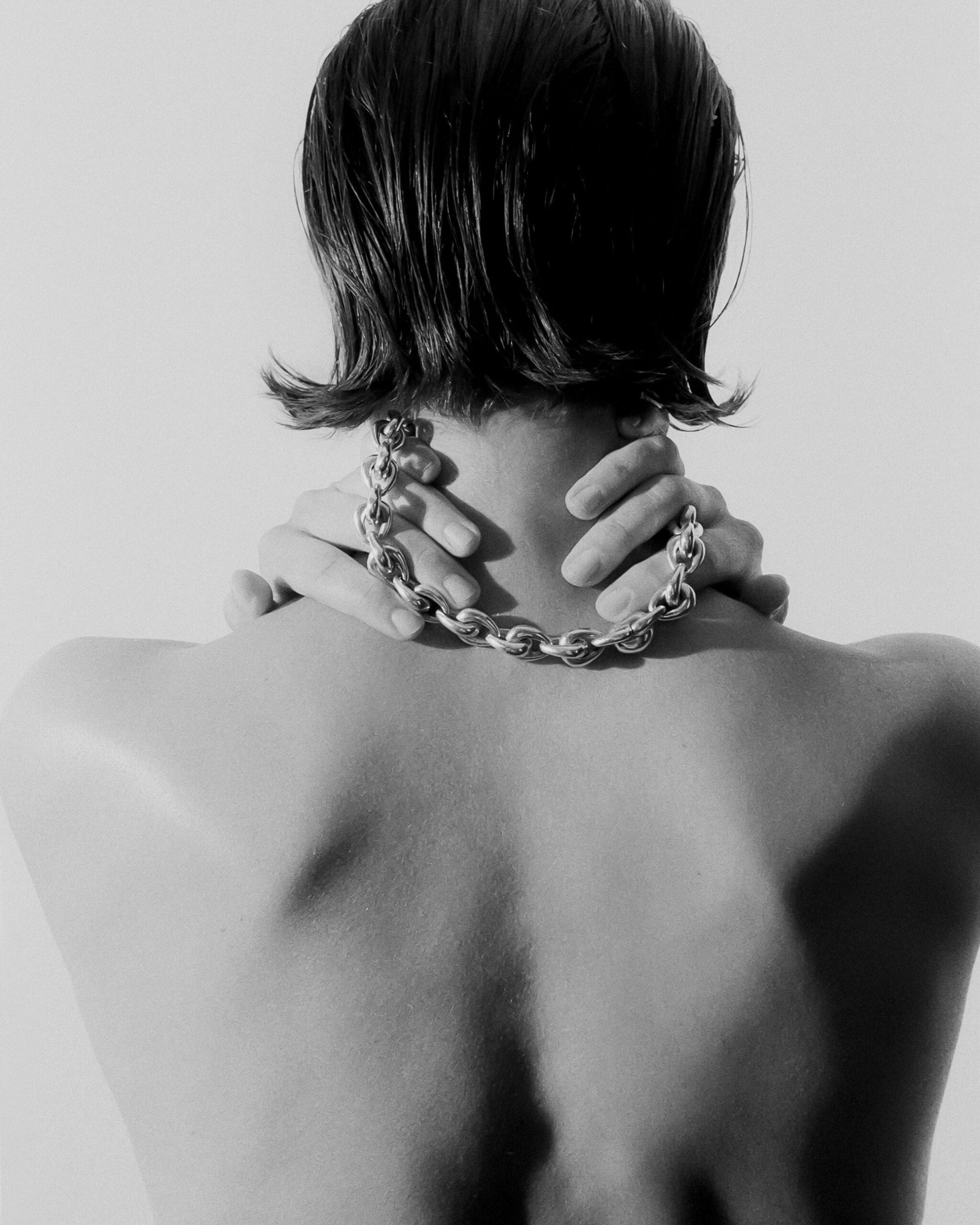
By using such a personal book as a means to forge wider discussions, Russell encourages us to think creatively about what collective action can achieve— especially in industries like fashion, where workers are more akin to atoms, bumping from job to job. This is reflected in the structure of How to Make Herself Agreeable to Everyone, which moves backwards and forwards in time over the course of the book, homing in on specific encounters with names, dates, locations, while other periods of Russell’s life are given more of an overview with less explicit detail. “I was really trying to capture that embodied feeling of working as a model in this particular era,” Russell says, “from the very first day, jobs were a day long, a casting was 15 minutes long, a show was three hours, and there would be a whole different set of people at the next 15 minute casting, or the next three hour show, or the next day-long job.”
“Trying to tell the story of what it felt like to be in that, and trying to piece together the threads of what was happening, felt like the best way to capture it. I also think of the feeling of being a young person thrown into an adult world, where those threads aren’t as obvious, or you aren’t as easily able to articulate them as you might be able to in your 30s or 40s.” Russell captures this sentiment in subtle, powerful ways—depicting encounters in which young models are navigating what, at times, feels like an uncomfortably adult world: on one particular job, she describes the contradictory emotions of feeling jealous of a younger model, aged 14, receiving the photographer’s attention, but feeling protective of her at the same time on account of her age.
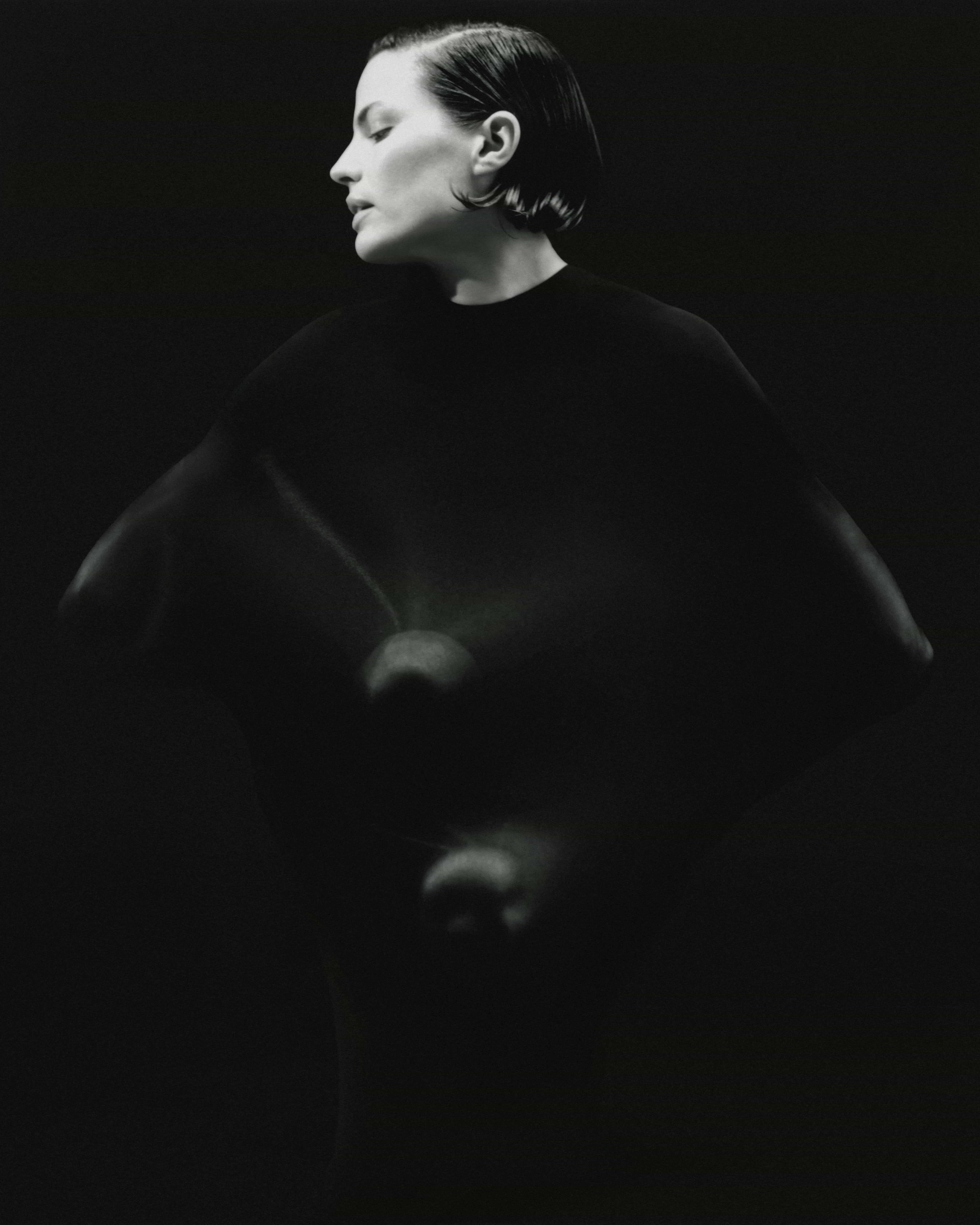
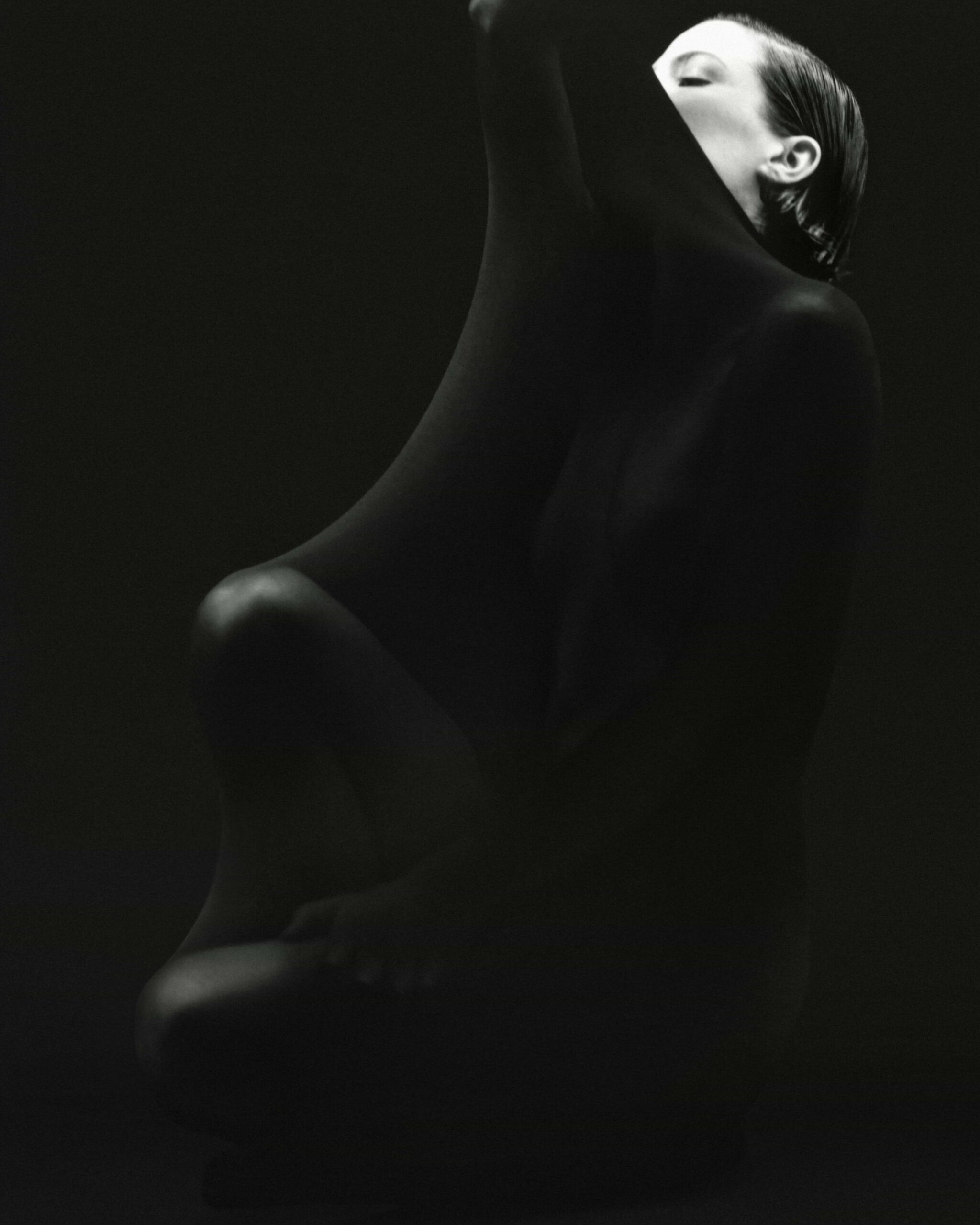
How to Make Herself Agreeable to Everyone is a book told in two parts. The first section focuses on stories of Russell’s early exposure to the industry before the tone of the book shifts, as the author takes on a more active approach to understanding how and why the industry operates as it does. She grapples with the notion of being an accomplice in an industry in which, at times, she herself is also being taken advantage of. Discussing this over Zoom, Russell says, “finding that part of what made me an accomplice was [me] agreeing to the characterisation of isolation—or agreeing to the characterisation of competition.” Yet, despite the lack of consistency—such as building up a rapport with colleagues, regularly and steadily over time—she notes that, in reality, “most models that I worked with were very, very friendly to each other; I think there was a lot of camaraderie.”
In 2017, Russell co-founded Model Activist, or Model Mafia, with Áine Campbell, forming a network for models to share their experiences. It was also a de facto collective of activists, drawn together by their shared profession as models. It grew to hundreds of members within weeks: “there was a lot of desire to be in a close, trusted community,” Russell reflects. It was also in 2017 that, across the world and across social media, women sought out, and forged, communities in the wake of #MeToo. After Russell received a story from a model friend about her experience of abuse, she decided to use her Instagram account to post screenshots of direct messages received from anyone with a story that they wanted, anonymously, to be shared. Some prolific abusers were named, change was promised across the industry. But seven years on, how much has changed remains to be seen.
It would be wrong to expect one person who had been—and has continued to be—vocal in speaking up for the experiences of other models in the industry to have all the answers. And not that Russell professes to, she often draws our attention to the complexities and contradictions of our own actions and behaviours. She recounts researching histories of labour movements, while also writing about the fact she has undoubtedly and sometimes unknowingly, crossed picket lines to go to work on occasions.

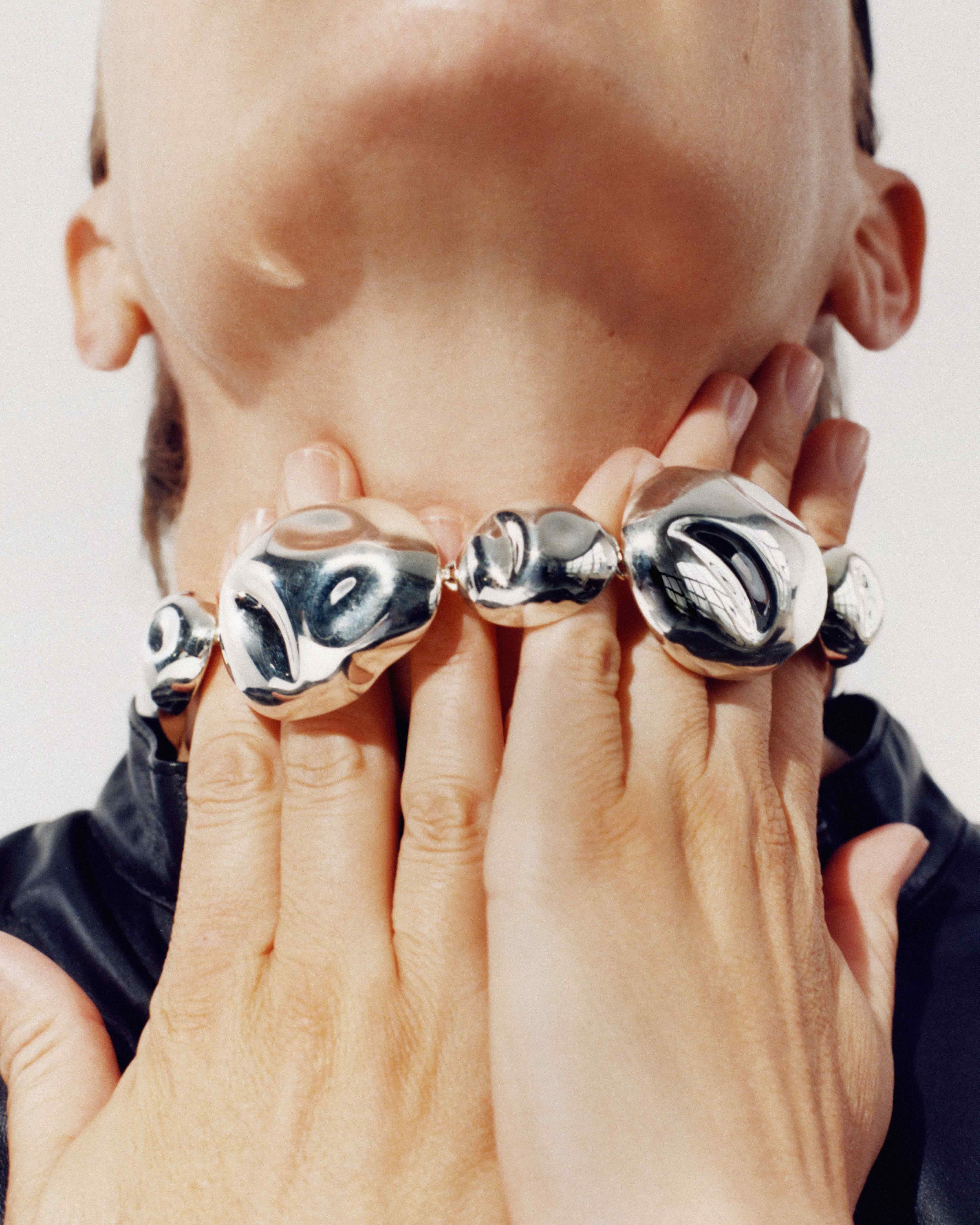
One way to challenge or subvert the notion of being an accomplice is to reject the notion of labour as unskilled or disposable. As Russell is clear to point out, it’s an approach that is a “massive disservice” to those in the industry, especially because “80% of women rarely make a liveable wage, are rarely in positions of power, [and] are often seen as unskilled.”
She adds, “the fact that we are not in close collaboration with some of the most profound labour organisations of our time is baffling.” Reflecting on the notion of playing the part of an accomplice in the industry, then, stemmed from “agreeing to, or believing that, those stories of isolation, competition and replaceability.”
At the time that Russell was thinking about Model Mafia, and encouraging her peers to organise together, she was looking at how other industries collectivised, taking inspiration from how freelance workers have navigated the “inconvenient architecture” of this form of labour. Russell recognised similarities in her job as a model—and the need to be agreeable—with other kinds of freelance work, saying that, “both in the explosion of freelancing and even in the explosion of social media, there is something much more universal about this requirement that you are agreeable to an amorphous, very large number of people. Maybe your survival and your job depend on that, or at least there’s the feeling that [that’s the case].”
By challenging the notion of being exceptional in the industry, Russell nurtures a more collective approach to working together, and one which aims to broaden the definition of how the production of projects like a fashion shoot come together. In 2012, Russell gave a TED Talk (it remains one of the most-watched talks of all time), in which she deconstructed the image in fashion: “…what you’re seeing is that these pictures are not pictures of me. They are constructions, and they are constructions by a group of professionals, by hairstylists and makeup artists and photographers and stylists and all of their assistants and pre-production and post-production, and they build this. That’s not me.”
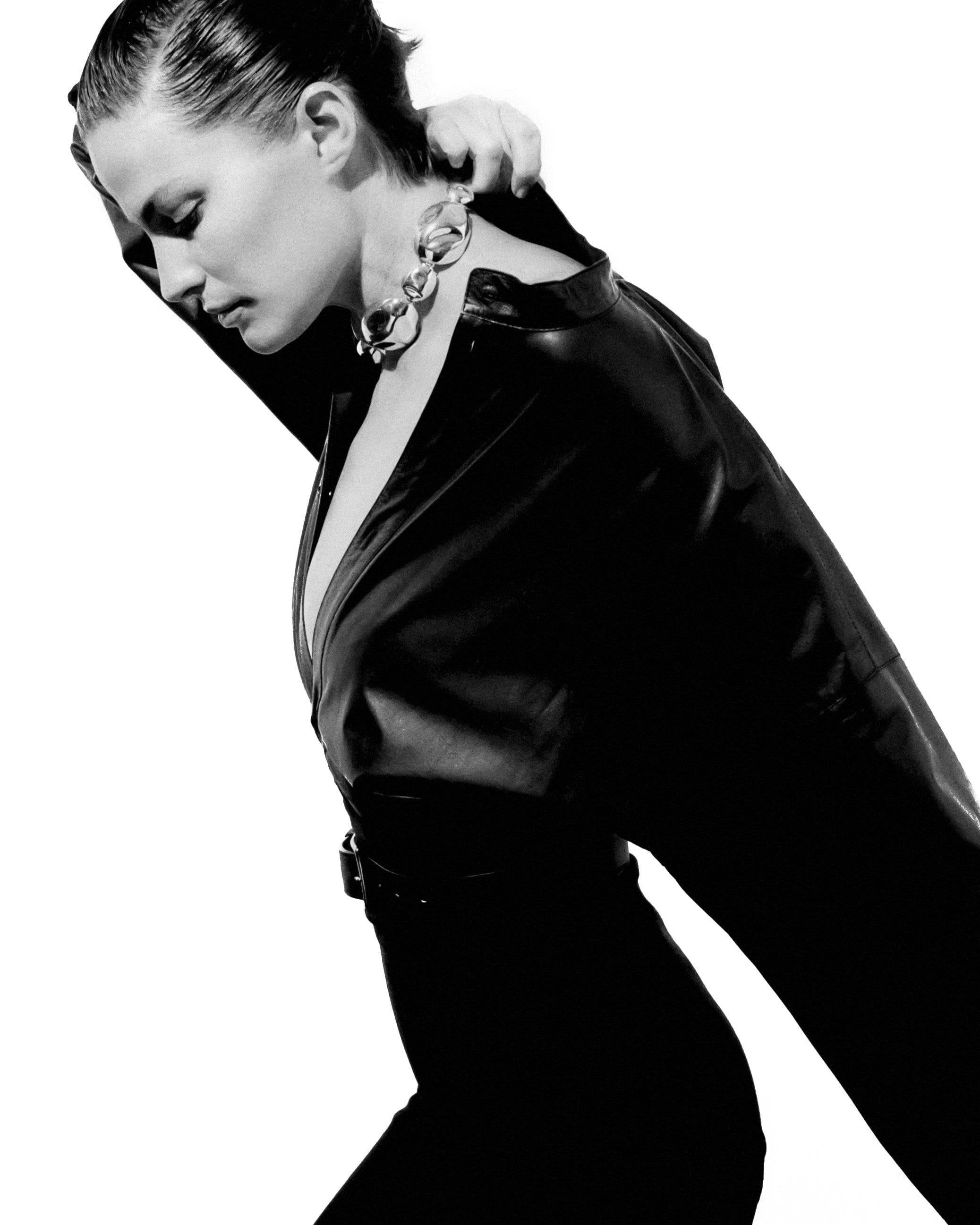
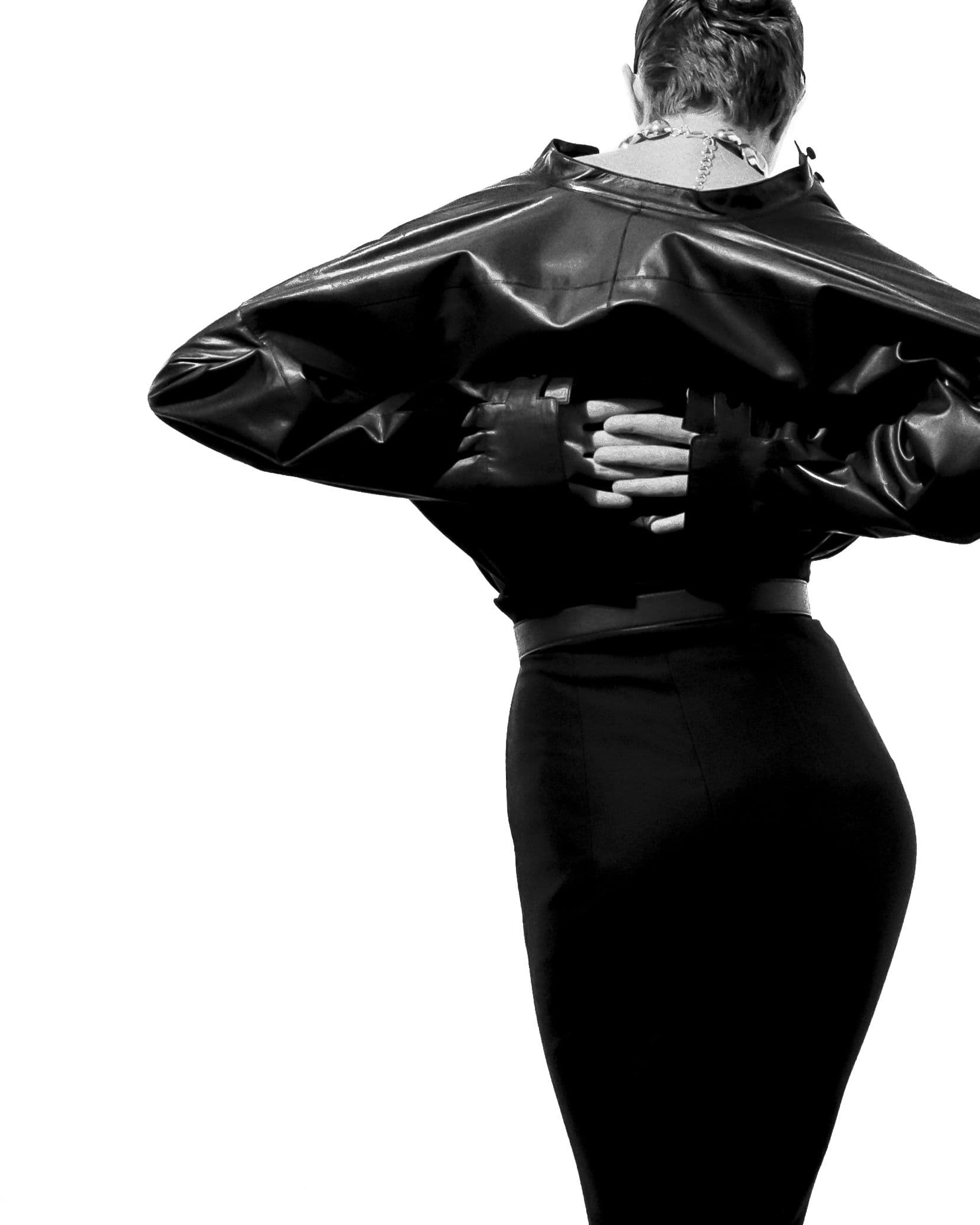
While Russell’s TED Talk leaned into the idea of demystifying the industry from the perspective of a model for the benefit of those outside of it, the idea of underscoring the work of the collective can also be seen as a way to change the industry from the inside.
At the London launch event, Russell shared a series of crafted words which demonstrated the kind of conversations that How to Make Herself Agreeable to Everyone can encourage. In one, using cut out green fabric sewn onto translucent material, Russell implores her audience—the attendees at the event, but also us, collectively—to “reclaim what industry has appropriated from fashion: our culture, our basic need for warmth and protection, one of our most powerful tools for survival.”
I ask Russell what reclaiming fashion might look like, to which there are several possible approaches: “I mean it in a really broad sense, or like a radical reorientation,” she posits. “When I think about, certainly my own experience of working in fashion over the past 20 years, a lot of that doesn’t actually have so much to do with fashion—with what fashion is for—but with fashion as a business, and as motivated by profit. So, in thinking about reclaiming it, I would say trying to get back to what fashion is for: it’s for keeping us warm, protecting our bodies. It’s for expression. It’s for belonging. It’s for memory. These are all the different things that fashion is for, and should be motivated by, rather than just the excessive accumulation of wealth by a very, very small handful of people.”
“There’s a statistic in the book that is just so shocking to me, that just 20 conglomerates receive 97% of fashion industry profits, which means that most people working in fashion, who have had time to grow their expertise or their skills in this industry, ultimately serve these 20 conglomerates—whose primary motivation is the accumulation of profit. It’s one thing to make something and to earn a livelihood and be able to survive, right? It’s another to make something and then try to make billions of dollars that can’t possibly be used for anything other than extraction.”
As Russell writes in the book, her career as a model—which began in the early 2000s—coincided with the extreme acceleration of the fashion industry’s production and turnover. But while Russell was making big money, garment workers were earning less and less, in exceptionally poor conditions. In 2013, for example, the year in which the eight-storey Rana Plaza factory in Bangladesh collapsed, killing 1134 people and injuring thousands more, many of the large international retailers that used garment factories like Rana Plaza celebrated “outstanding” profits just months after the catastrophe. As Russell recalls, in a chapter aptly titled “cheap, heavy earrings”, she was working on a job for a company that used the factory on the day of its collapse.
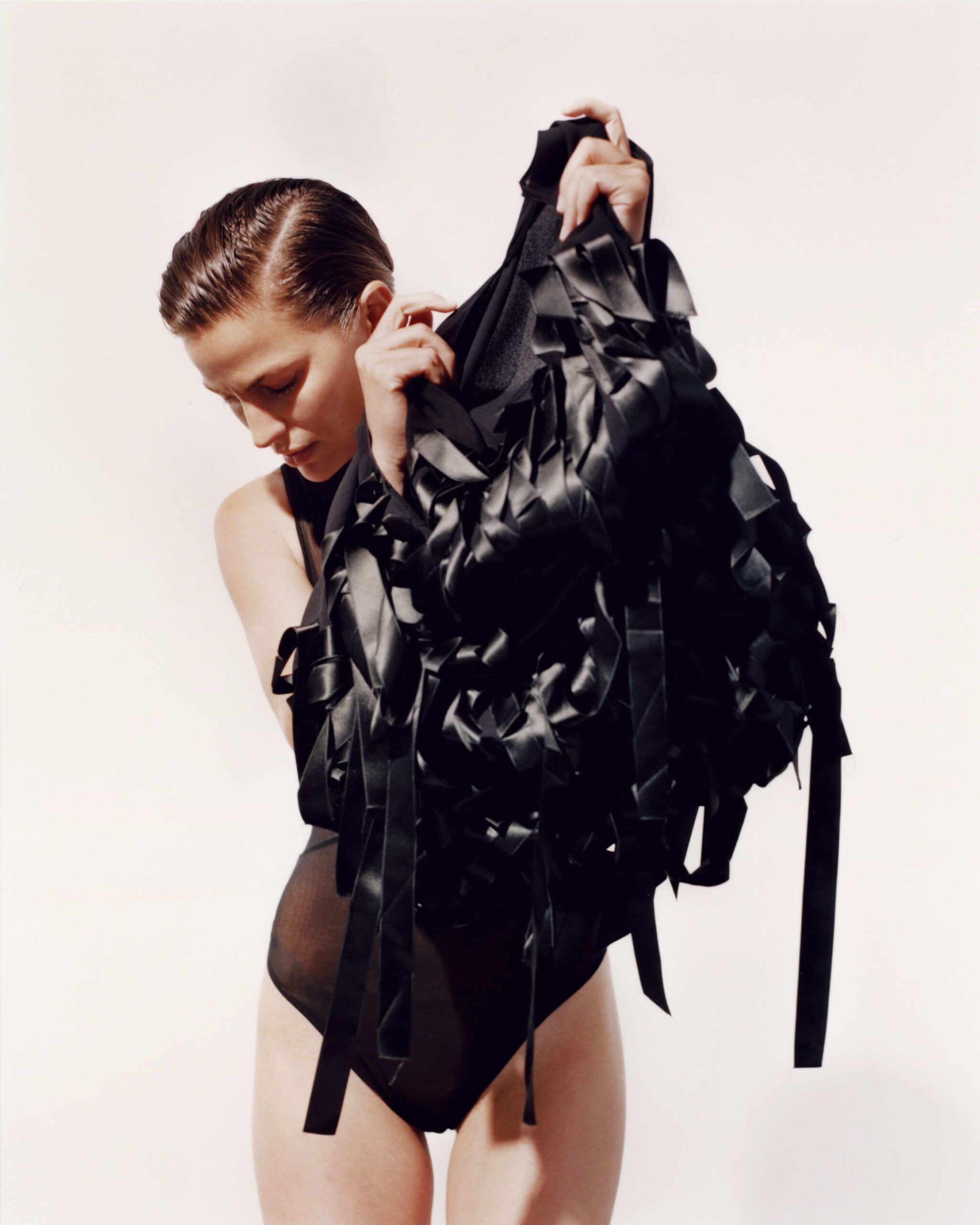
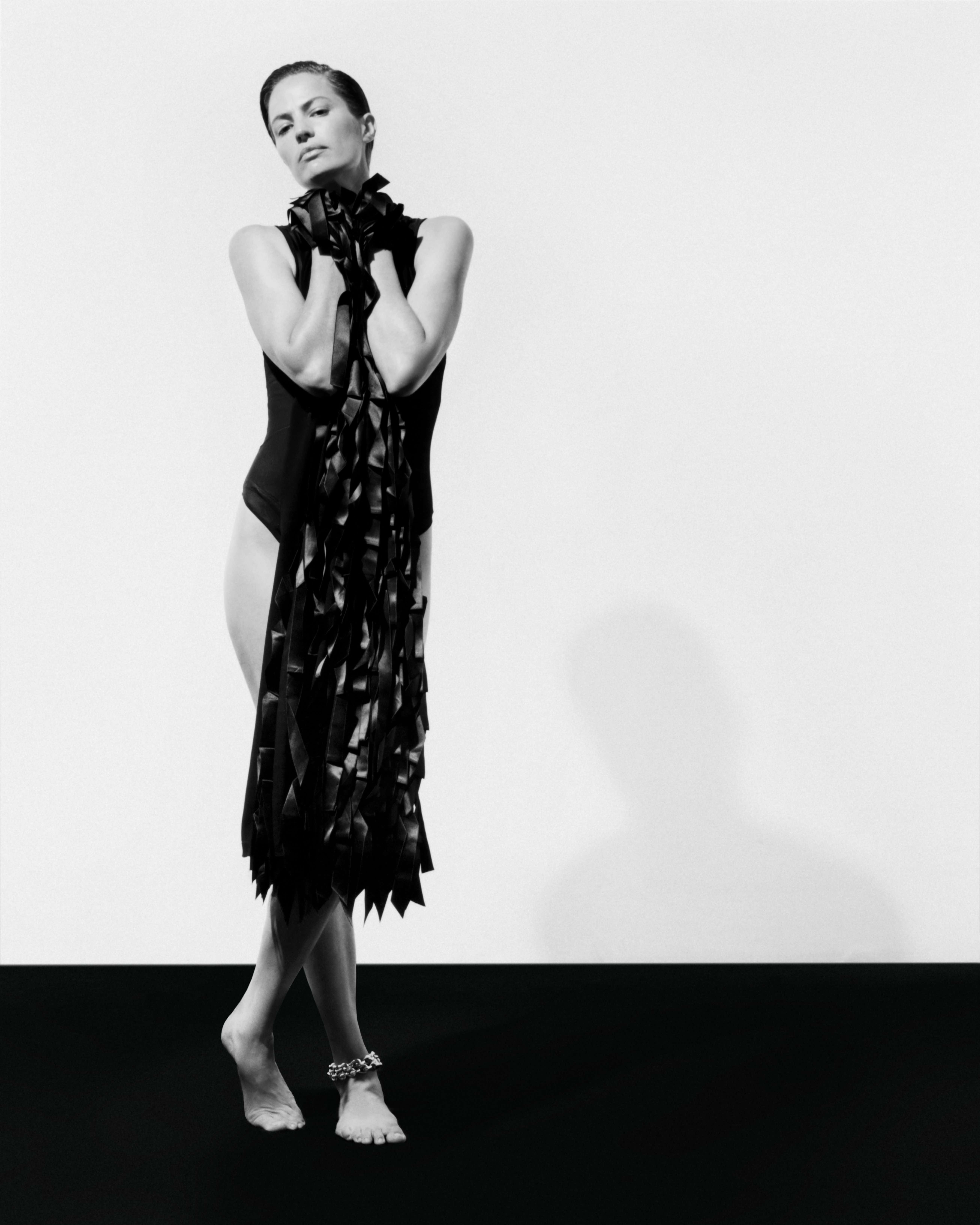
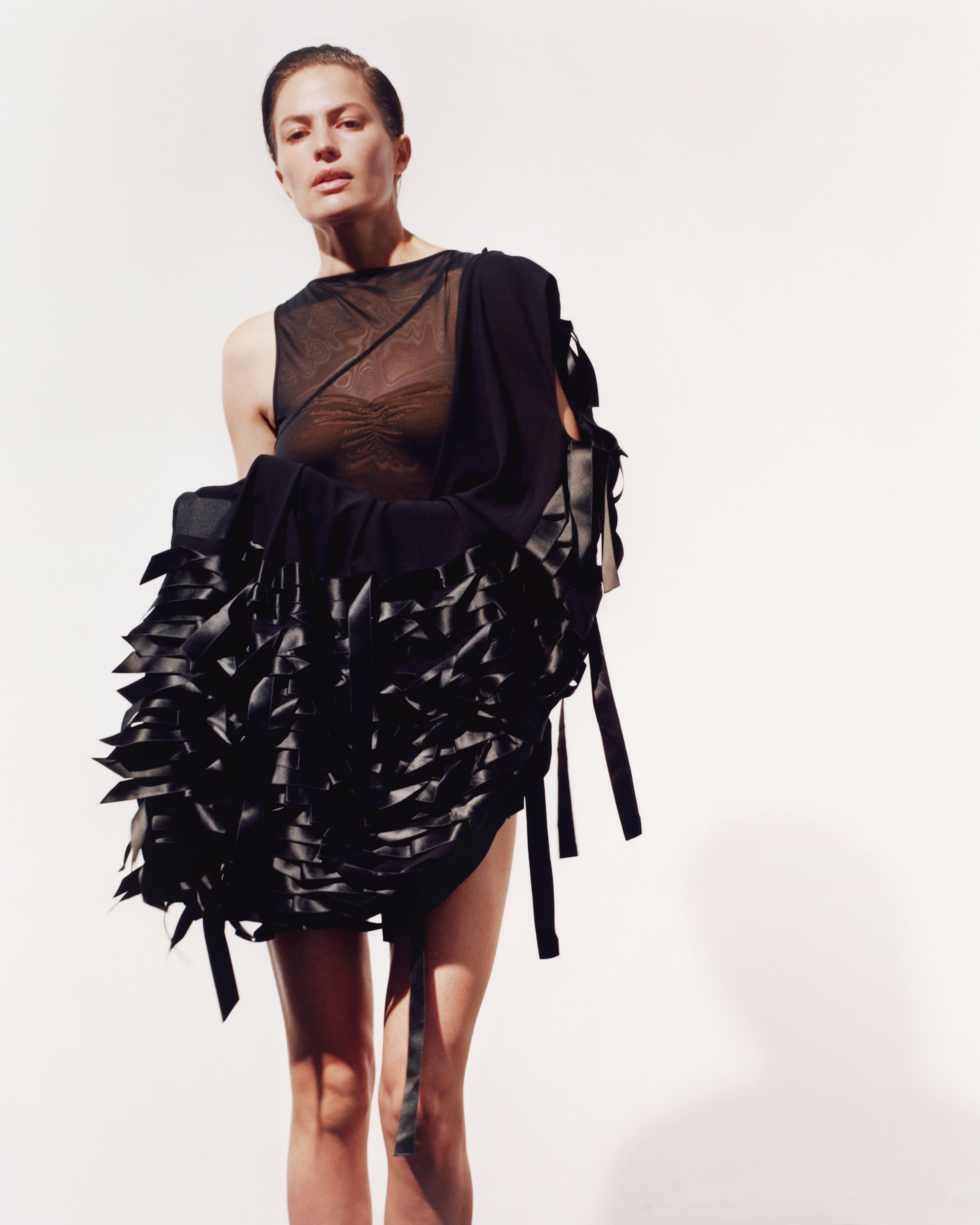
Reclaiming fashion is also about looking beyond the industry’s recent history, to find alternative responses to the idea that fashion is purely synonymous with speed and disposability. “When I started working 20 years ago, I always thought of myself as an outsider to fashion. But actually, I grew up in this household where my mom was constantly knitting and was constantly experimenting with textile. Her great-grandmother hooked these rugs and she discovered them and was like, ‘I’m gonna hook a rug; I have so many fabric scraps.’ And there were quilts she had made for all our beds. She just had a deep appreciation for fashion and textile—she grew up in the Middle East and had saved from her childhood dresses that she wore when I was a child that she still wears today, that she would mend and repair. So, I think I actually grew up in a household that was very much about fashion as culture, as joy, as craft, as care.”
Thinking about fashion as culture, as craft, and as care also means being more proactive in seeking out how organisations and activists are attempting to reclaim “fashion” in many of the ways that Russell describes. Advocating for a more sustainable industry is certainly part of that culture, and accounts for work being done across the globe. “Once you start to see it, it’s just totally abundant; it’s everywhere.” Russell cites examples such as Fibershed, which started out in California, developing small-scale textile systems on a “soil-to-soil” model. It’s an approach that has been adopted across other US states and beyond, with regional networks of Fibreshed now located across the UK. There’s also the Or Foundation, operating in both Ghana and the United States since 2011, with a mission to stop waste colonialism and to inspire alternative, circular economies for the industry.
So, to say that there needs to be change in the industry would be somewhat disingenuous, when so many organisations, activists and researchers are already working to make that change. The challenge is to weave these existing threads together. “Once you start to see the threads, you actually see—wow— there are so many people working in this particular moment to figure out how fashion can be part of what happens next….So, that’s the reorientation for me, it’s trying to acknowledge that, yeah, fashion, like so many other industries, has gone way wrong. So, how do we go back to what it could be?”
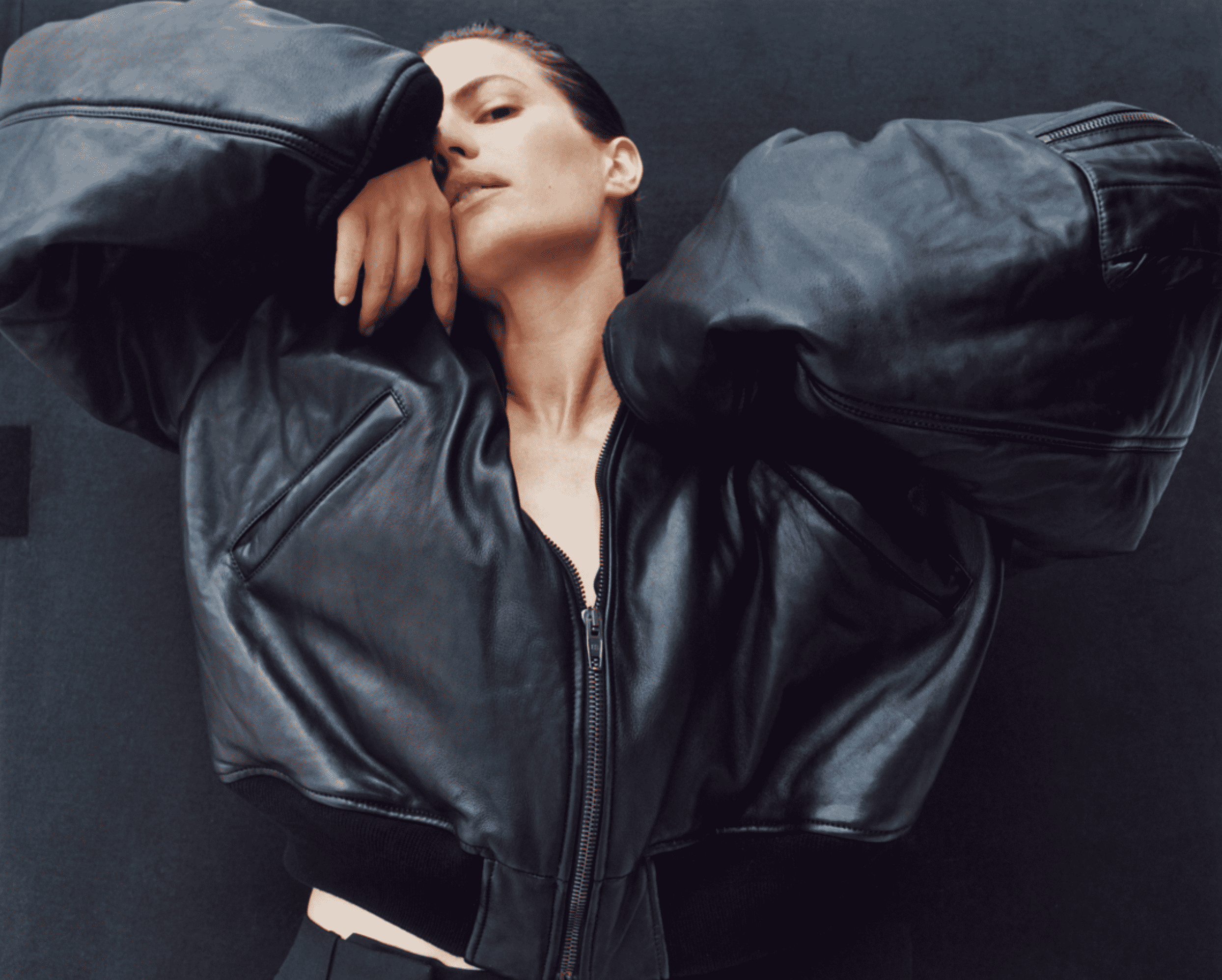
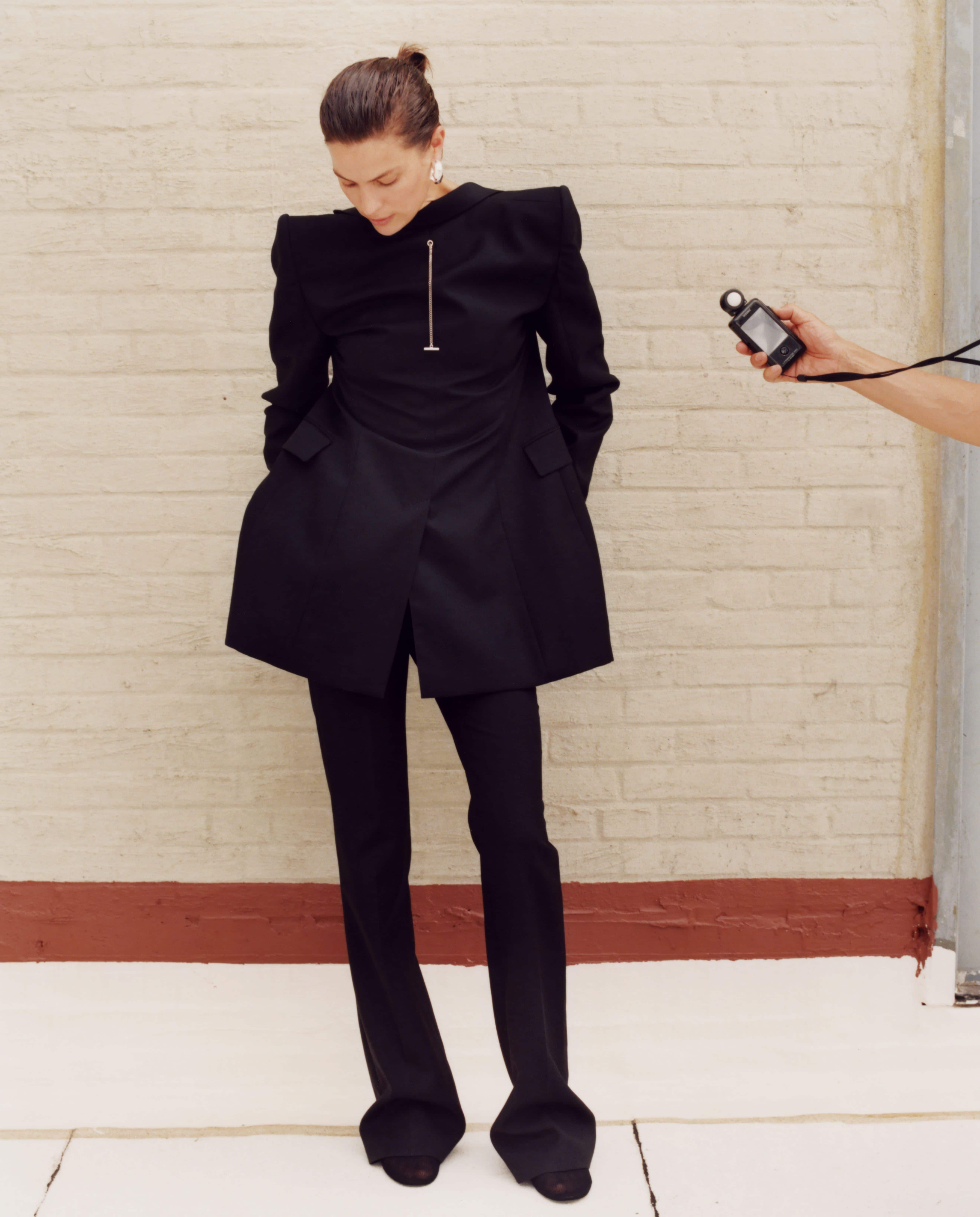
There’s a line in How to Make Herself Agreeable to Everyone where Russell recounts the fact that many reporters have asked her, following the TED Talk in which she discussed her experiences in the industry, why she continues to work in the same industry she purports to critique? It’s a question she has been asked time and again in the years since. In the book, Russell grapples with that question and writes that, for one, hers is a job that has served and paid her well; secondly, it’s an industry full of friends. These are responses that reporters nit-pick for flaws. But, she adds—both in the book and over Zoom—aren’t there complexities and contradictions in many lines of work?
“I think part of the reason I felt quite isolated early in my career is because I did think that [my experiences were] unique to fashion. And I felt like, ‘Wow, this is an exceptional opportunity and I have to make all these compromises, and I’m trying to figure out what I can do about it.’ I felt isolated and I felt like I was the only person making these types of compromises and not being able to challenge the system I’m in.” That sentiment is one that Russell says she feels differently about now, as she gets older—especially having had conversations with friends in completely different industries whose experiences match hers.
In any case, leaving the industry would not equate to being part of its transformation. “Collaborating with the people who you can reach, who you sit next to inside the industry, that is not something to throw away, because it’s complicated. And if anything,” Russell adds, “the lack of critical voices inside our industry really limits our ability to be serious and ambitious…we constantly silence criticism and turn away from it, because aren’t we supposed to be entertaining?”
Russell describes a flippancy that goes hand-in-hand with this. “As I’ve heard on a million sets, it’s not like we’re saving lives. But we could be. Every day, when we do not face criticism about how our industry works, we limit our potential.”
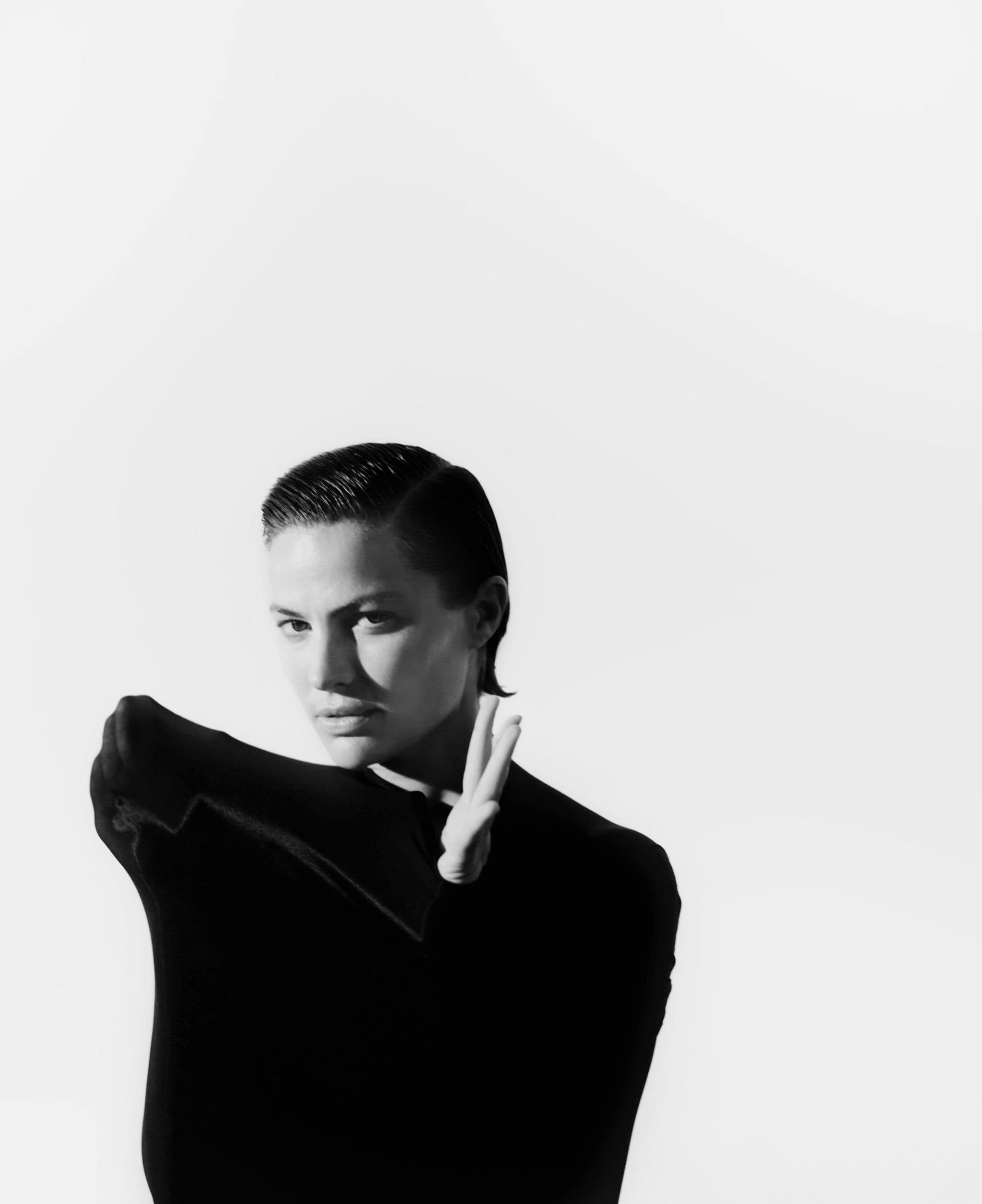
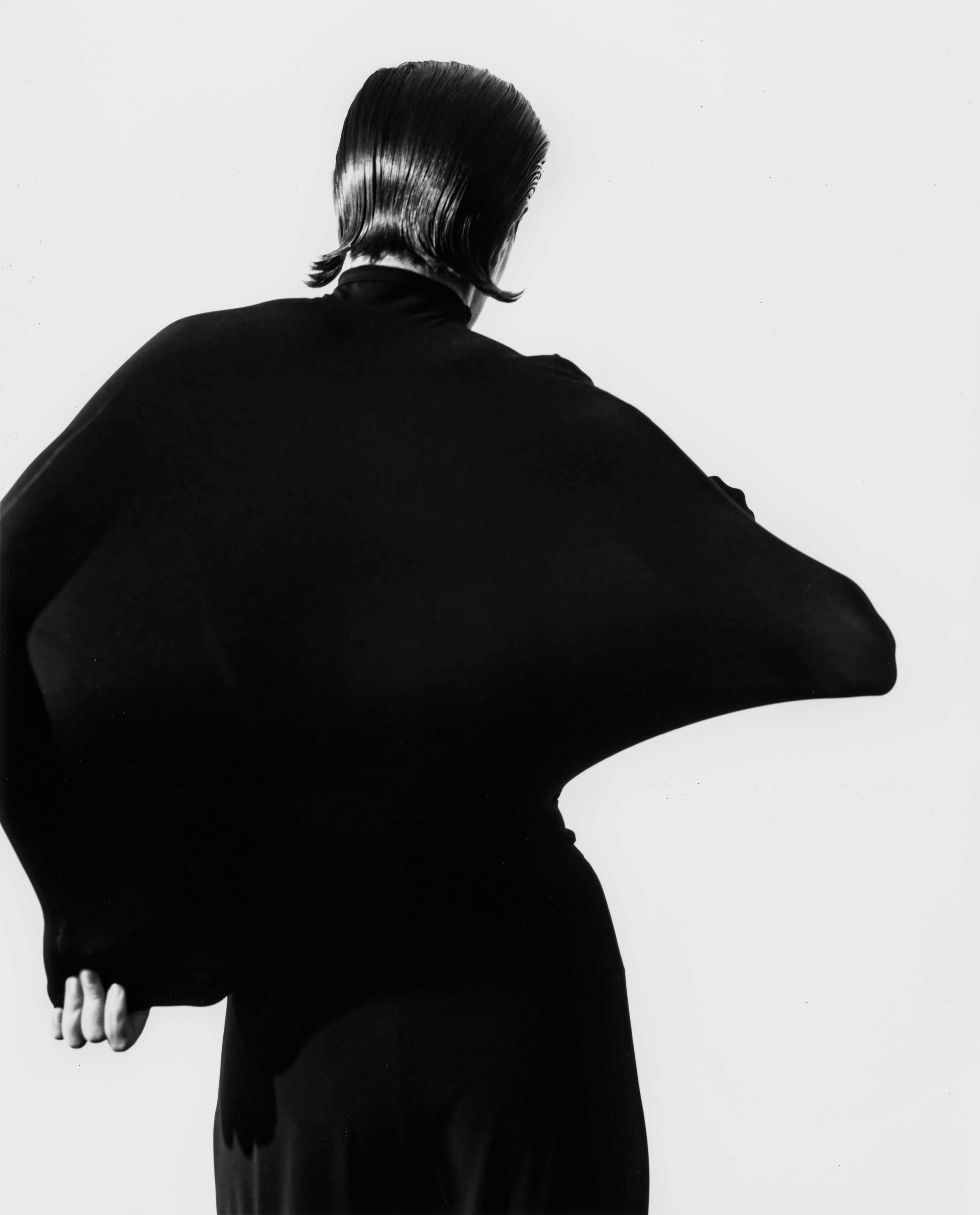
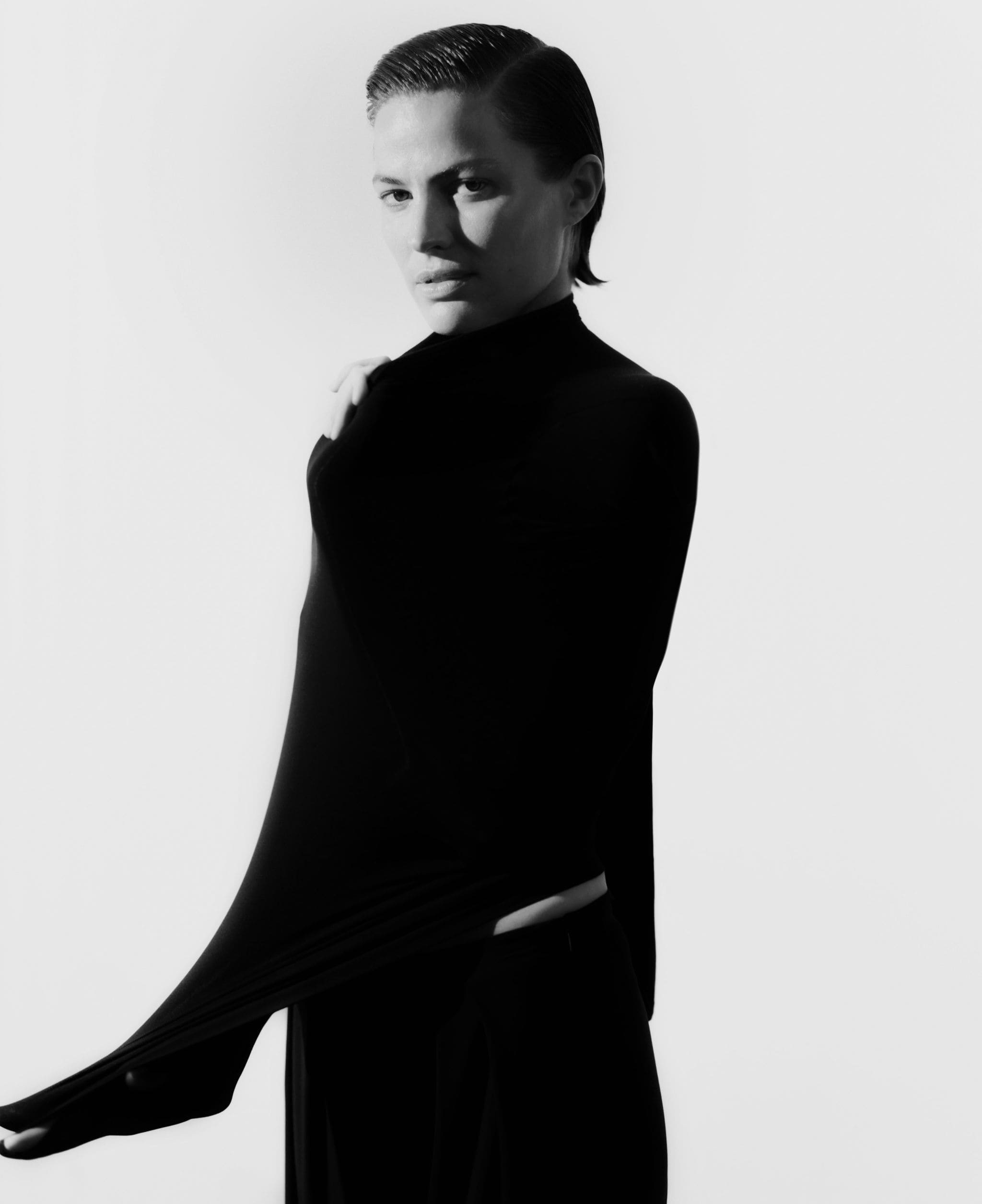
As trivial as fashion can seem, clothes can give people a sense of self, I say, to which Russell demurs slightly—it can also save lives on a much bigger scale. She cites the work of Stand Earth, who in 2021, revealed the direct connections that over 100 international brands had with the deforestation of the Amazon rainforest (many with multiple connections at different points in the supply chain), despite 30% of those companies also having policies in place with explicit regard to deforestation. “This is [directly] related to, ‘will humans be able to continue to live on this planet?’ Fashion is a lever, and there are 20 conglomerates that could pull it. So, in that sense, yes, we could be saving lives. There are a whole host of examples; you don’t have to go that extreme, but certainly, yes, I believe this to be true.”
Underpinning Russell’s book is the recurring theme of craft. In the final chapter of How to Make Herself Agreeable to Everyone, Russell writes that, by labelling creative practices like weaving and quilting as “craft”, their potential is largely confined to the home—historically “women’s spaces”—and thus excluded from the (capitalist) fashion industry at large. Thinking about craft also informed how Russell approached writing the book—“A quiltmaking theory of storytelling”—which pays homage to the histories of textile, craft and feminist art practices. “It was very interesting for me just to think about that as a model for a narrative structure.”
Unlike the approach Russell uses, there is the danger that a more capitalist (or masculine) style of narration works towards “asserting a single conclusion.” By approaching the writing process as if making a quilt, meanwhile, helps weave different stories and perspectives to create a structure that is both nuanced and not always conclusive. “How do we talk about the complex nature of lived experience, and how do we tell stories that aren’t necessarily linear, or that involve many different types of people? Where we don’t have to say that we know what something means, because actually what I really wanted to do was invite people into more of a collaboration and a more honest sort of assessment of our co-authorial nature that exists in fashion—but also in every artform and in life.”
